
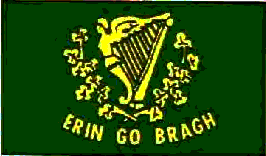
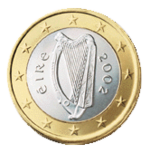

From 1922, the Irish Free State continued to use a similar harp, facing left, as its state symbol on the Great Seal of the Irish Free State, featuring it both on the coat of arms and on the Irish Presidential Standard and Presidential Seal - as well as on various other official seals and documents. This was based on the Trinity College Harp in the Library of Trinity College Dublin, which was badly restored in the 1840s. Since it was fully rebuilt in 1961, it is seen to be wider at the base of the soundbox but this has gone unnoticed by Irish officials.[8] The harp also appears on Irish coinage from the Middle Ages to the current Irish.
Development of the Irish Harp Symbol: The Irish harp symbol first appeared on a green background as a flag in July 1642. Eoghan Rua OíNeill, who headed the armies of the Ulster region in a rebellion against the English in 1641, used this flag. The Society of United Irishmen proclaimed the harp as Irelandís national symbol through its prominent use in the Irish Rebellion of 1798, fighting against Protestant rule. With the passage of time, the golden harp on a sea of green became a symbol of the Irish nation. It was the national flag of Ireland throughout the 18th and 19th centuries. The Irish harp symbol is a distinctive national symbol of Ireland and was once part of the national flag. Throughout the history of the Irish nation, the harp has been a theological or political emblem, having been the Irish musical instrument of choice for centuries.



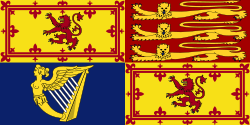
This is the Queens standard used within Scotland |
 |
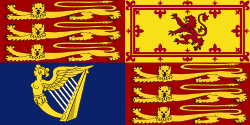
This is the Queens standard used outside Scotland |
 |

Rockafeller Center, NYC |
 |

This is a usage with shamrock evident |
 |
 Buckingham Palace |
 |
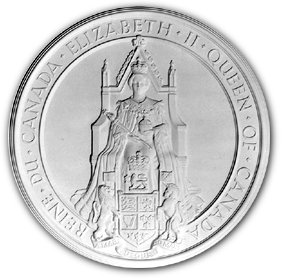 Canadian Seal |
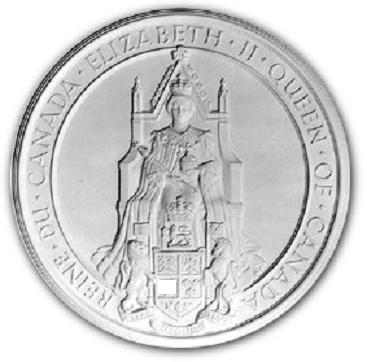 |

This is a Canadian usage for herself |
 |

This is more Canadian usage |
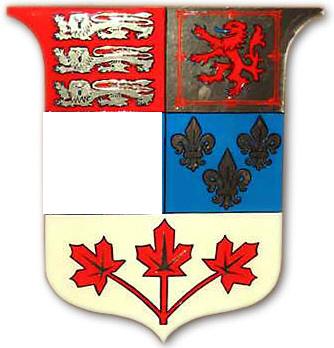 |
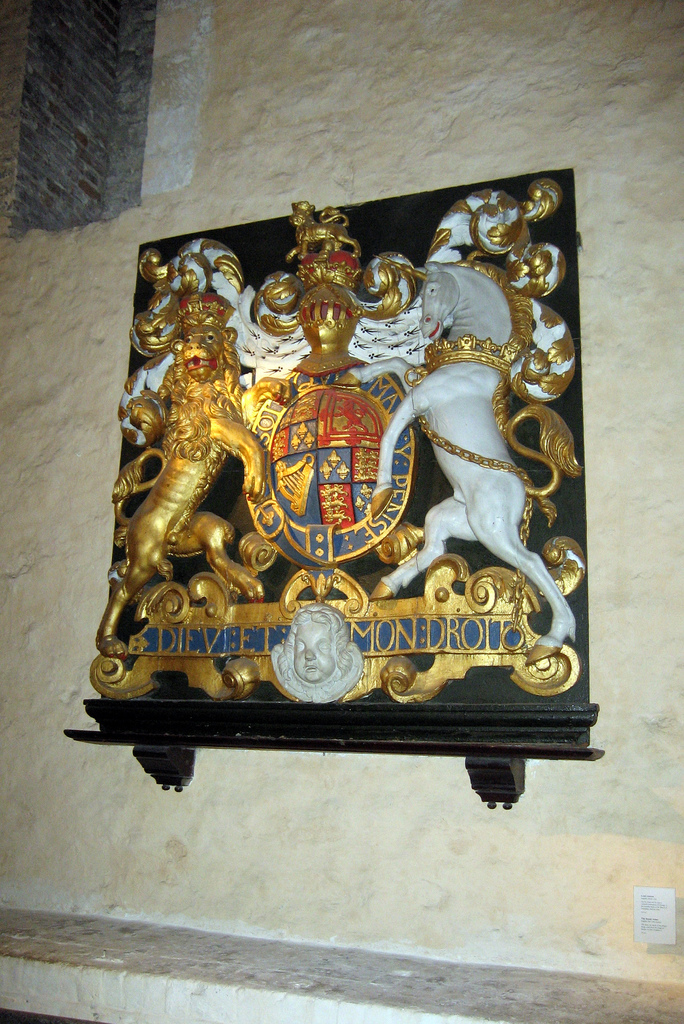 Tower of London |
 |
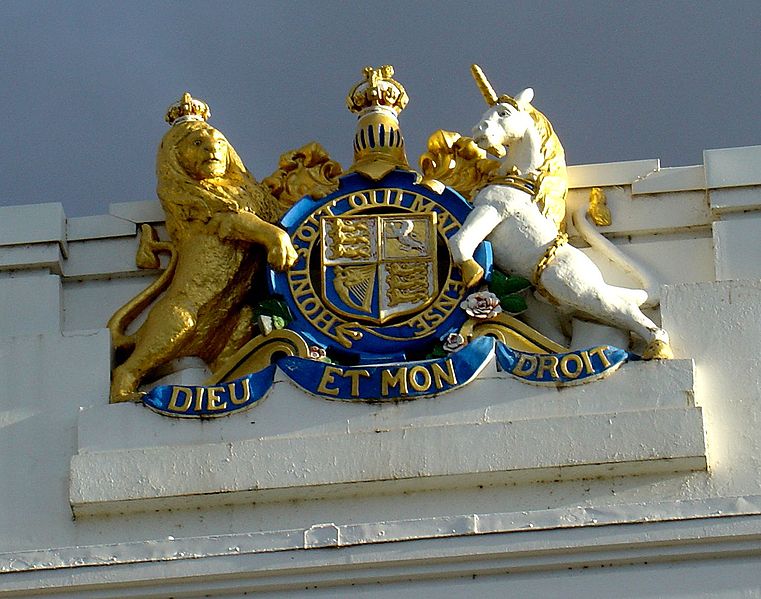 Standard in Australia |
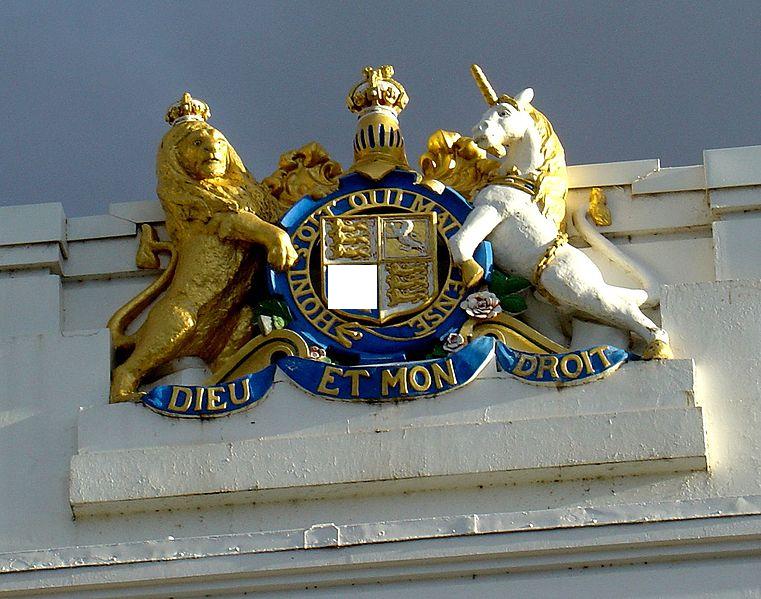 |
 Standard in UK |
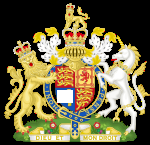 |
The British Flag: a Symbol of Unity The Union Jack is a transnational flag full of historical significance. It represents the union of different countries and the growth of a family of nations whose influence extends far beyond the British Isles. This far-reaching influence is still seen today in the incorporation of the Union Jack in other national flags such as that of Australia. The British flag is called the "Union Jack", an expression that needs to be explained.
The cross represented in each flag is named after the patron saint of each country: St. George, patron saint of England, St. Andrew, patron saint of Scotland and St. Patrick, patron saint of Ireland.
St. George's Cross, the flag of England
St. Andrew's Cross, the flag of Scotland
St. Patrick's Cross, the flag of Ireland
No mention has been made of the Welsh flag. The Welsh dragon was not incorporated into the Union Flag because Wales had already been united to England when the first version of the Union Flag was designed in 1606.
Ireland in the Union Flag - the cross of St. Patrick was included thus creating the flag as we now have it.
When the southern part of Ireland gained its independence in 1921 and became the Irish Free State no alteration was made to the Union Jack.
